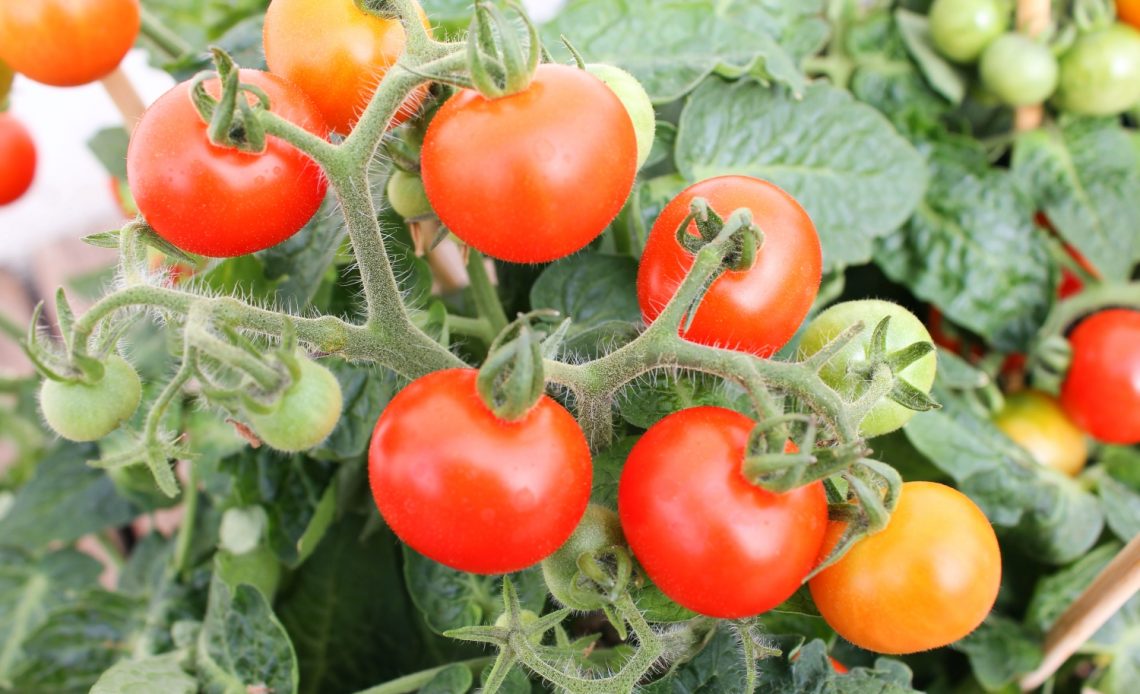

We’re here to help! Wild Yards is a completely free website that is 100% dedicated to helping you create a wildlife-friendly, sustainable yard. Read more
WildYards is reader-supported. When you buy a product through a link on our site, we may earn a comission. Every product is independently selected by our (obsessive) editors and our reviews are unbiased and objective. Read more about our mission or our privacy policy.
Tomato plants are among the most rewarding to grow — for beginner and advanced gardeners alike. They’re easy to start from seeds, for one thing. And they’re prolific producers, too, with each plant having the ability to grow more than 100 fruits. It’s no wonder tomatoes are a favorite among backyard gardeners! But, for all their advantages, tomatoes aren’t immune to pests, particularly aphids. To keep your crops healthy, it’s essential to know the signs of aphids on tomato plants, and it’s even more important to know what you can do to stop them.
Aphids are tiny bugs that suck sap from the tomato plant’s leaves, causing the foliage to curl and turn yellow and brown. Over time, an aphid infestation can contribute to viral infections and black sooty mold. Fortunately, dish soap, diatomaceous earth, and neem oil can be used to get rid of aphids on tomato plants naturally.
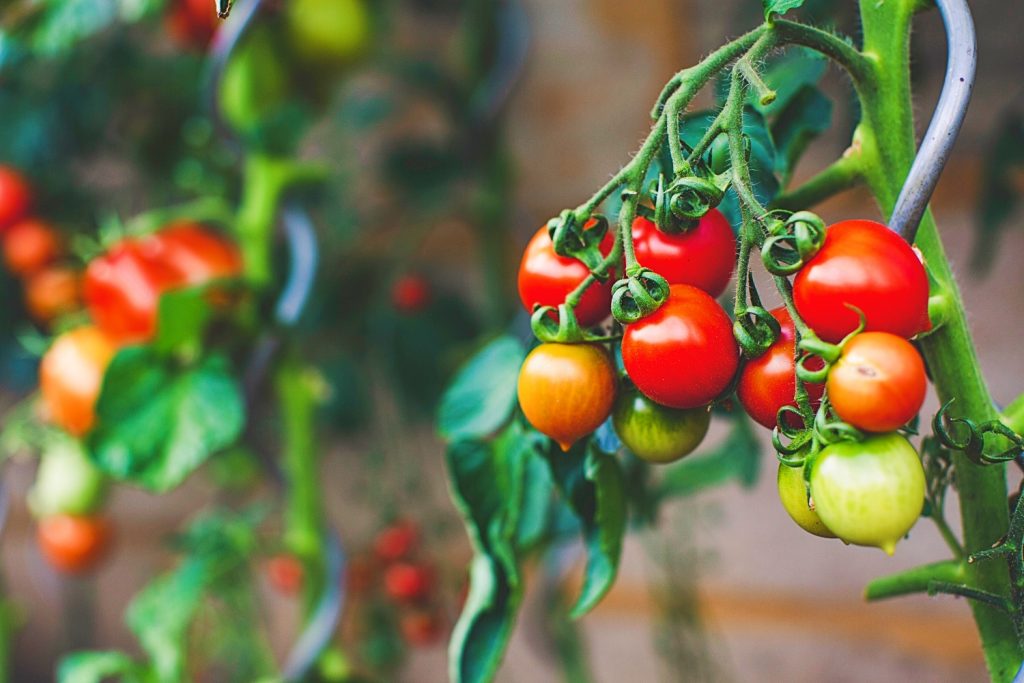
What are aphids and what do they look like?
Aphids are small pear-shaped bugs that are usually white, gray, brown, red, or green, and that measure about ⅛” in length. Winged aphids migrate to tomato crops in spring where they take up residence, using their piercing mouthparts to suck sap from the plants. Aphids are happy to live out their life cycle on tomato crops, which plays out as follows:
- Egg: Female aphids lay on average 200 eggs per week, situating their eggs on the undersides of leaves. The eggs range in color from white to orange to brown, and they hatch in 7 to 8 days. Depending on species and environmental circumstances, some aphids can reproduce asexually, resulting in a rapid increase in the aphid population.
- Nymph: Once the eggs hatch, nymphs emerge. These young aphids feed on plant sap, just like adults. Nymphs molt several times before reaching maturity. If you look closely, you might find tiny white skins on the undersides of your tomato plant’s leaves, the shed exoskeletons of young aphids.
- Adult: Once nymphs reach maturity, they’re able to reproduce. Adult aphids generally live for a few weeks, but some can live for a few months, and others can even survive up to a year, especially if they live in a temperate climate.
Since aphids can live a lot longer than other garden pests, like whiteflies, which only live a few months tops, and because they reproduce at such a rapid rate, it’s incredibly important to keep an eye on your tomato plants so you can eliminate any aphids you find before the population gets out of hand. But how can you tell if you have aphids on your tomato plants? What are the signs you should look out for?
What are the signs of aphids on tomato plants?
If you only have a handful of aphids in your garden, then they may live there all season long and go completely undetected. Their small size makes them difficult to spot, especially if their numbers are low. It’s really only when you have a full-blown infestation that you’ll notice something is wrong. If your tomato plants are playing host to scads of aphids, then you’ll observe the following signs:
- Aphids on the plant’s foliage, usually on the undersides of leaves and where the branches meet the main stem
- Leaves that curl and turn yellow and brown
- Stunted growth
- Misshapen appearance
- Brown or black spots on stems and leaves
- Black sooty mildew
- Poor crop yield
- Ants at the base of the plant and on the plant’s foliage
Interestingly, aphid infestations are often accompanied by ant infestations. These two insects enjoy a symbiotic relationship — when aphids feed on the sap of a plant, they produce a sticky, sugary substance called “honeydew”, which attracts ants. This substance is such a hot commodity with ants that they protect the aphids from predatory insects, and even go so far as to “farm” the aphids by moving them to new areas to feed.
A severe aphid infestation can cause tomato plants to lose leaf surface area, which results in an inability to correctly photosynthesize. Without adequate nutrition, plants produce smaller-than-normal fruits, which are particularly susceptible to sunscald. Tomato plants with aphid infestations often become diseased and may die before the end of the season.
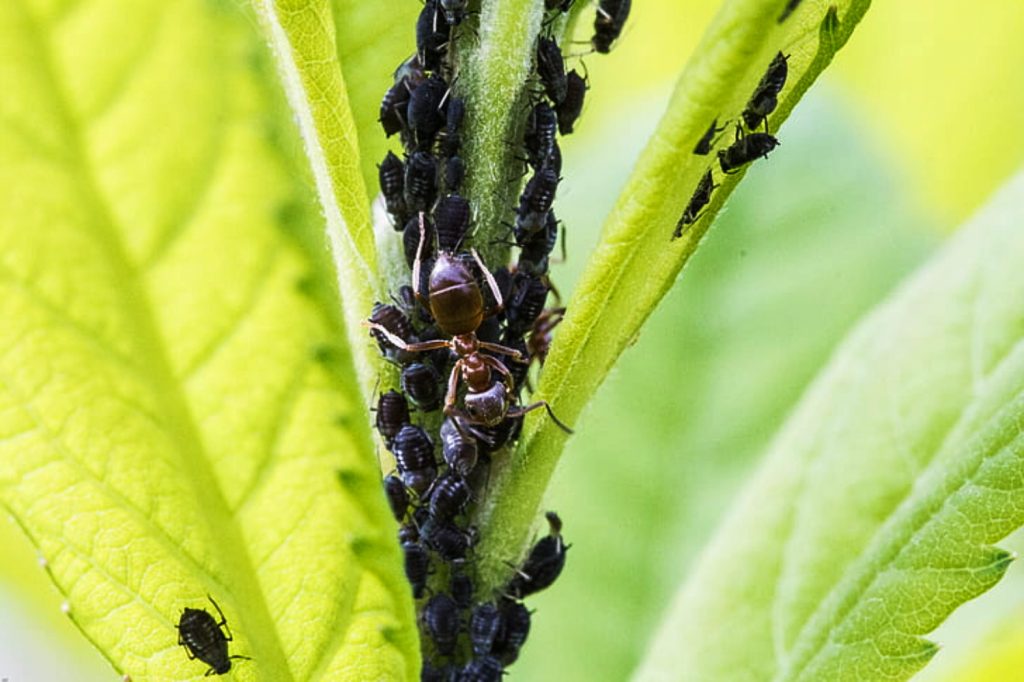
How can you get rid of aphids on your tomato plants?
Once you’ve established that aphids are the cause of your tomato plant’s health problems, it’s time to tackle the problem head-on. While an aphid infestation isn’t something to be taken lightly, with persistence and a little ingenuity, you can get the problem under control before it’s too late. Here are 9 ways to get rid of aphids on tomato plants naturally.
Prune the infested portions of the plant
If the aphid infestation is still in the early stages, then simply pruning the affected areas and tossing them in the trash may be all you need to do to put a stop to it. Use a sharp pair of garden shears to remove infested branches. Trim branches as close to the main stem as possible, and place the pruned foliage in a plastic garbage bag. Never toss infested and/or diseased foliage into your compost heap, as doing so may lead to the spread of insects and/or diseases later on.
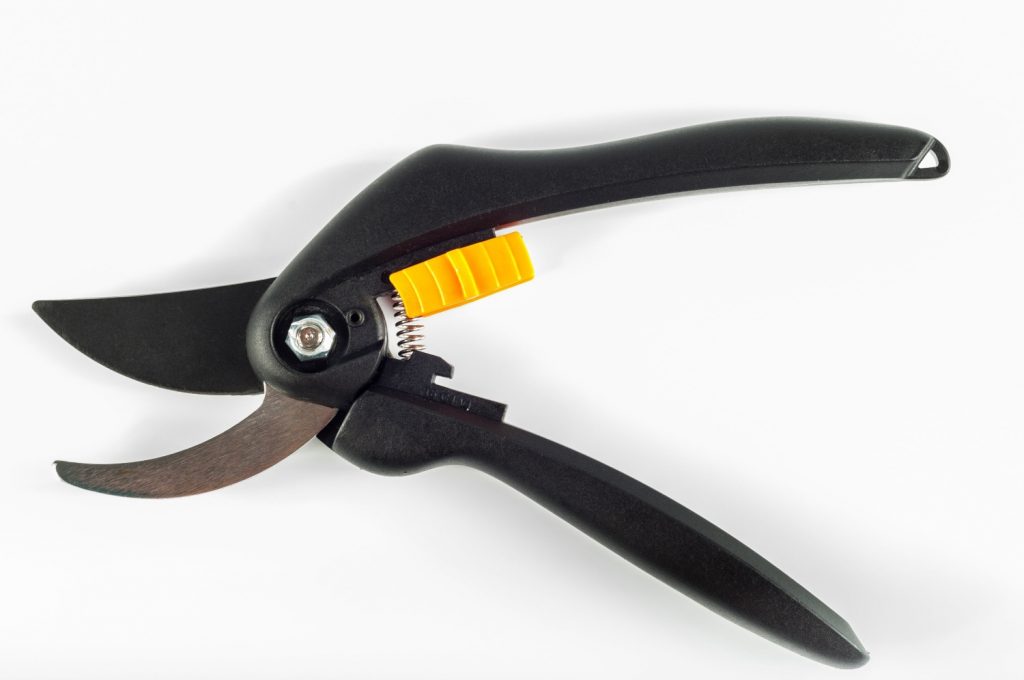
Remove the aphids by hand
If you’re determined to get rid of aphids on tomato plants naturally, then grab an old pair of tweezers and a magnifying glass and start picking them off one by one. This method is time-consuming, to say nothing of tedious. And the more aphids you have, the longer it takes. But, on the plus side, it is completely organic and won’t harm your tomato plants or contaminate the surrounding soil with chemicals.
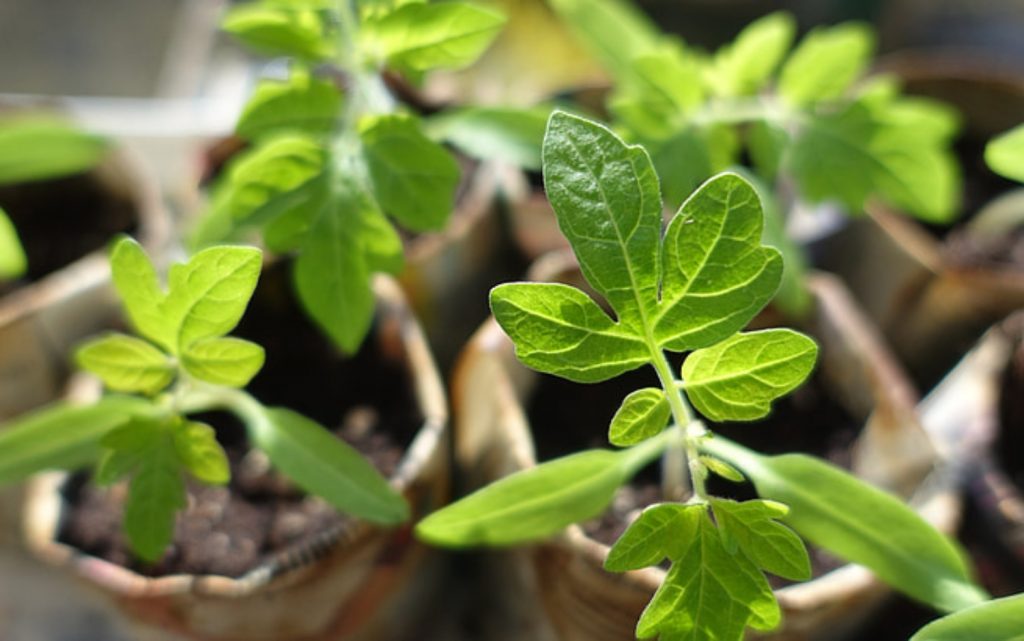
Spray aphids away with a garden hose
You can also use a garden hose to tackle smaller aphid infestations. Use a sprayer attachment set to “jet” to physically remove the aphids. Be sure to douse all parts of the plant, especially the undersides of the foliage where aphids like to hide. Use your fingers to gently rub the leaves. This will help remove adult aphids and break up the eggs.
It’s best to spray the plants down in the morning. This gives the excess water plenty of time to evaporate before nightfall. Leaving water on your plant’s foliage for prolonged periods of time can lead to the development of powdery mildew. So avoid spraying aphids away in the evening.
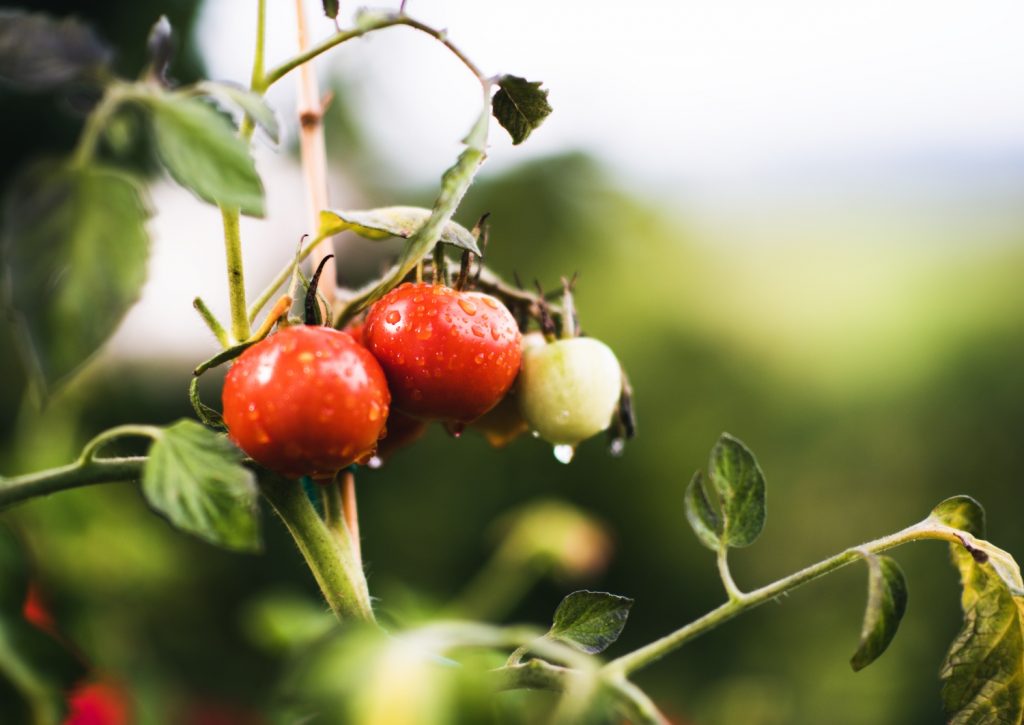
Use a dish soap insecticide
Stir a tablespoon of dish soap into a quart of water, and use this mixture to spray your tomato plants. Dish soap is highly effective as a homemade insecticide, particularly when used against soft-bodied bugs like aphids. Be sure to coat all parts of the plant, especially the undersides of the leaves. If your tomato plants’ aphid infestation is severe, use a paper towel to wipe the dish soap solution onto the foliage. This not only ensures even application but also physically removes the aphids and their eggs.

Apply a neem oil dilution
If you want to know how to get rid of aphids on tomato plants naturally, it doesn’t get much better than neem oil. This strong-smelling essential oil is a major turn-off for most insects, and that includes aphids. Neem oil kills aphids in all life stages. Simply add a tablespoon of neem oil to a spray bottle, pour 2 cups of water over it, and give it a good shake. Apply the dilution to all parts of your tomato plants, focusing on the undersides of the leaves. While neem oil immediately goes to work to kill aphids, it’s harmless to beneficial insects.
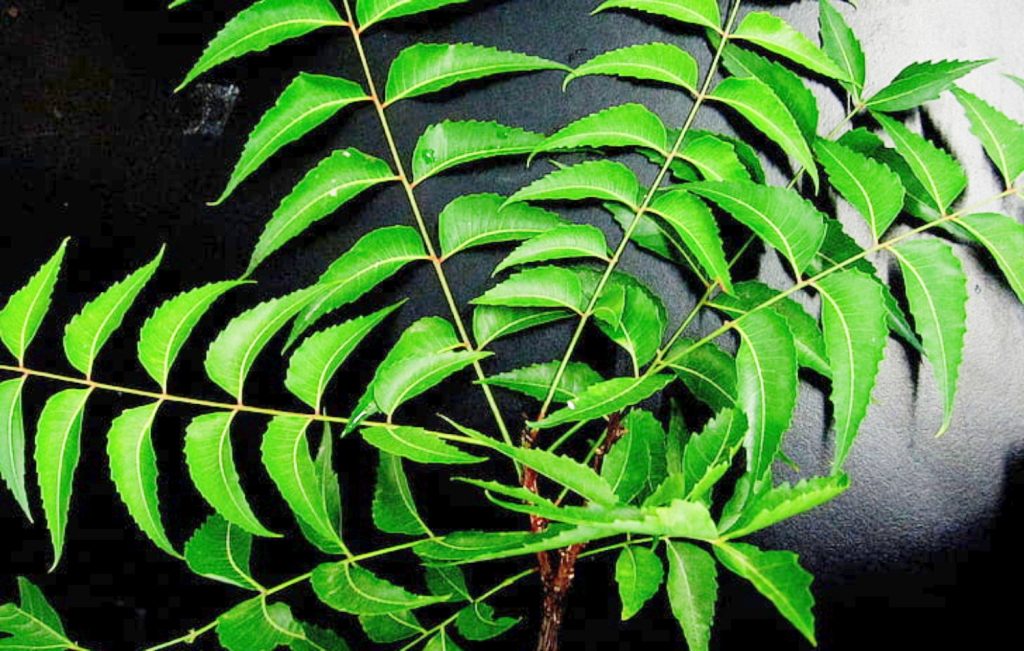
Install some insect traps
If your tomato plants are absolutely covered in aphids, break out a few insect traps to bring the population down quickly. Yellow sticky traps are ideal for aphid infestations since aphids are attracted to the color yellow. Use a hammer to drive a wooden stake in between rows of tomatoes, then install an insect trap on it. This is another organic method for dealing with aphids, and it can have a dramatic impact on the population in a matter of a few days.
Spread out some aluminum foil
Aphids spend most of their time under foliage where they’re out of the sun. Spreading aluminum foil around the base of your tomato plants will reflect the sun’s rays, making it impossible for aphids to escape from the light. While this method is particularly effective for eliminating aphids, it is not recommended for gardens in hotter climates. If the mercury in your area regularly reaches 90 degrees, avoid this method as the aluminum foil can burn your plants.
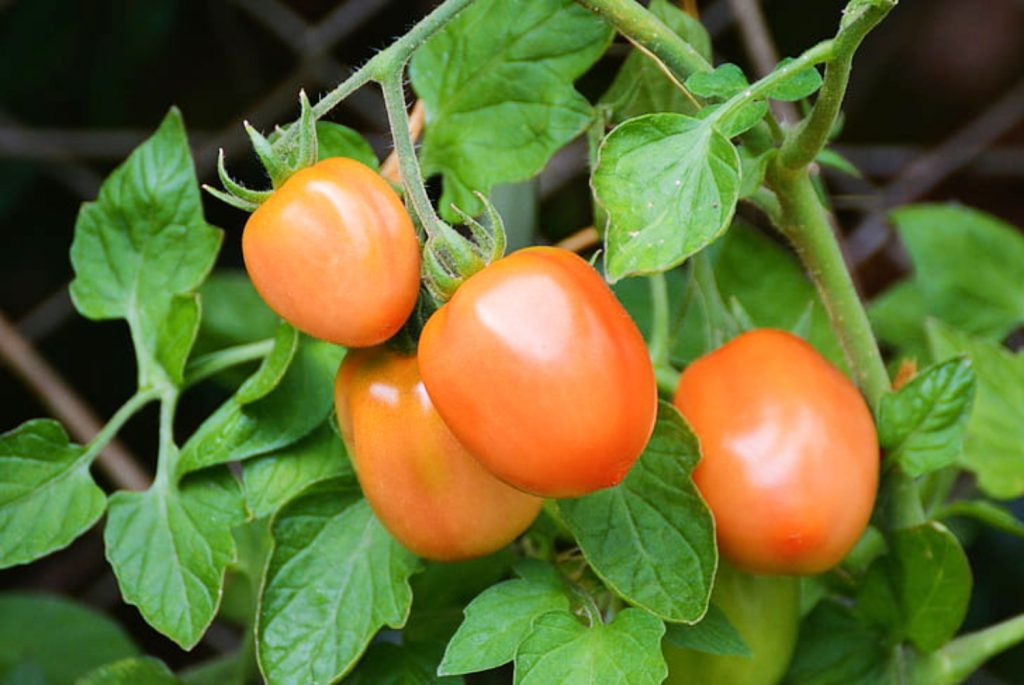
Apply vegetable oil
Mix a tablespoon of vegetable oil with two to four cups of water and spray it onto your tomato plants. The oil coats aphids, and other pesky bugs, suffocating them within minutes. Avoid applying vegetable oil to your plants in the afternoon. If the oil gets too hot, it may scald your plants. Be sure to spray it in the early morning so it has plenty of time to dry.

Sprinkle diatomaceous earth
Diatomaceous earth is a gray powder comprised of microscopic fossilized organisms called diatoms. These jagged diatoms penetrate the exoskeletons of insects, causing them to lose moisture. Insects die from dehydration in a matter of a day or two, meaning diatomaceous earth isn’t just an effective all-natural solution for aphids, but for the ants that often accompany them as well. Sprinkle diatomaceous earth on all parts of your tomato plants and the ground below. Note: diatomaceous earth should only be used for extreme aphid infestations since it can also kill beneficial insects.
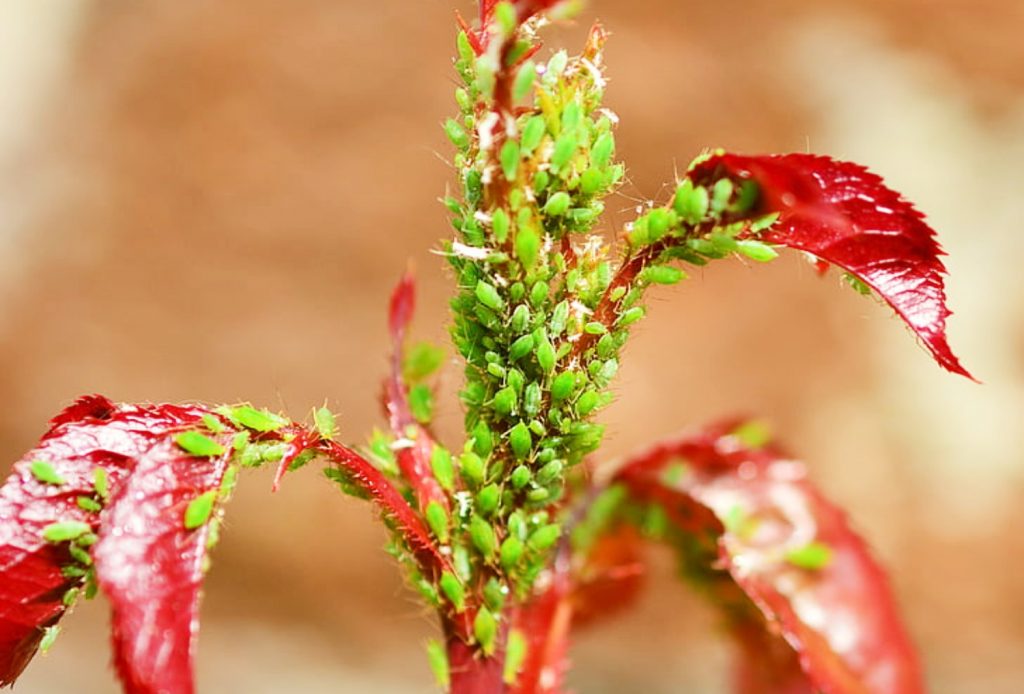
How can you prevent aphid infestations in the future?
“An ounce of prevention is worth a pound of cure”. If your garden has a history of aphids, then taking a few precautionary measures will stop the problem before it starts. While these measures will be of limited use for you if you’re already in the throes of an aphid infestation, utilizing them ahead of time will help spare you the headache later on in the growing season.
Release aphid predators like ladybugs
If aphid infestations have been a problem for your tomato crops in the past, then releasing aphid predators can help keep the population down. Ladybugs, in particular, are known to feed on aphids, but aphid parasites and lacewings enjoy feeding on these pesky bugs, too. While aphid predators can help you get rid of small aphid infestations, they work much better as a precautionary measure.
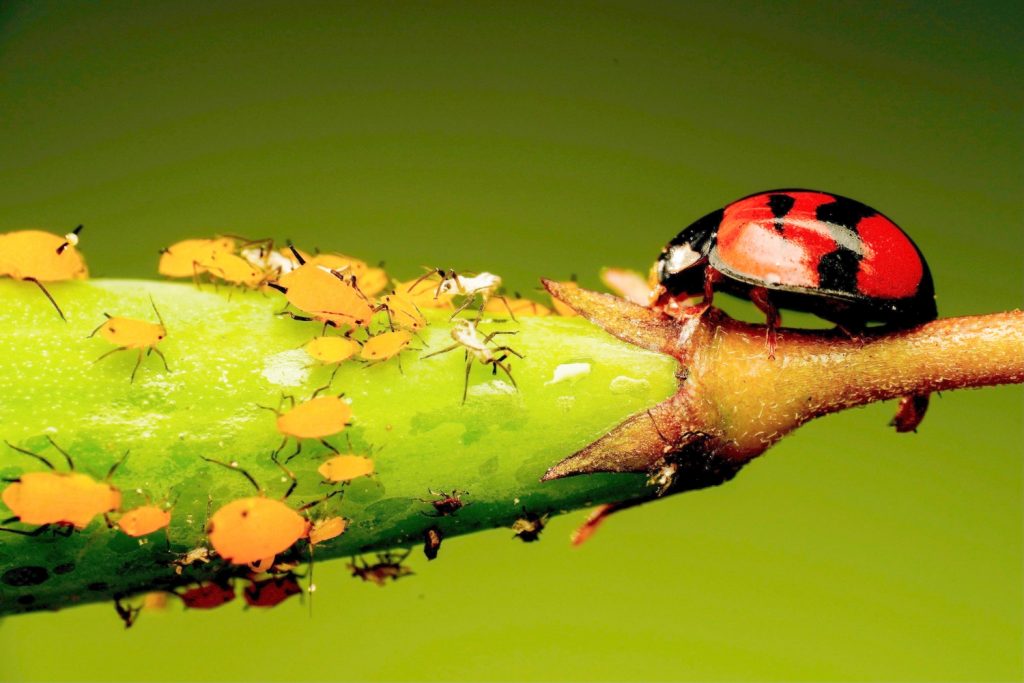
Try companion planting
Companion planting is a strategy that has been used for centuries to repel harmful insects. Marigolds work especially well for repelling aphids, and nasturtiums can be used, too, but as a trap crop to distract the insects and keep them off of your tomatoes. Other garden plants that can be used to repel aphids include basil, garlic, and onions. Try adding basil essential oil, garlic juice, or onion juice to your homemade insecticides for an additional anti-aphid kick.
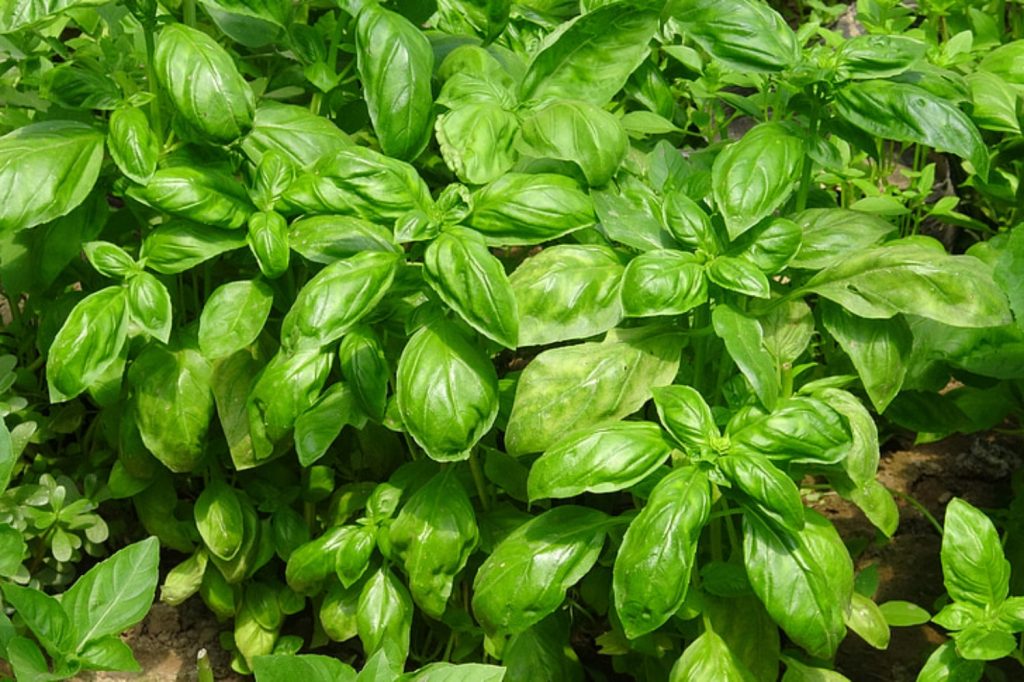
Amend the soil with compost
Fertilize your tomato plants and repel aphids at the same time by amending the soil with homemade compost. Aphids can’t stand the smell of compost, so it’s a fantastic way to keep them at bay, and your tomato crops will benefit from the added nutrients.
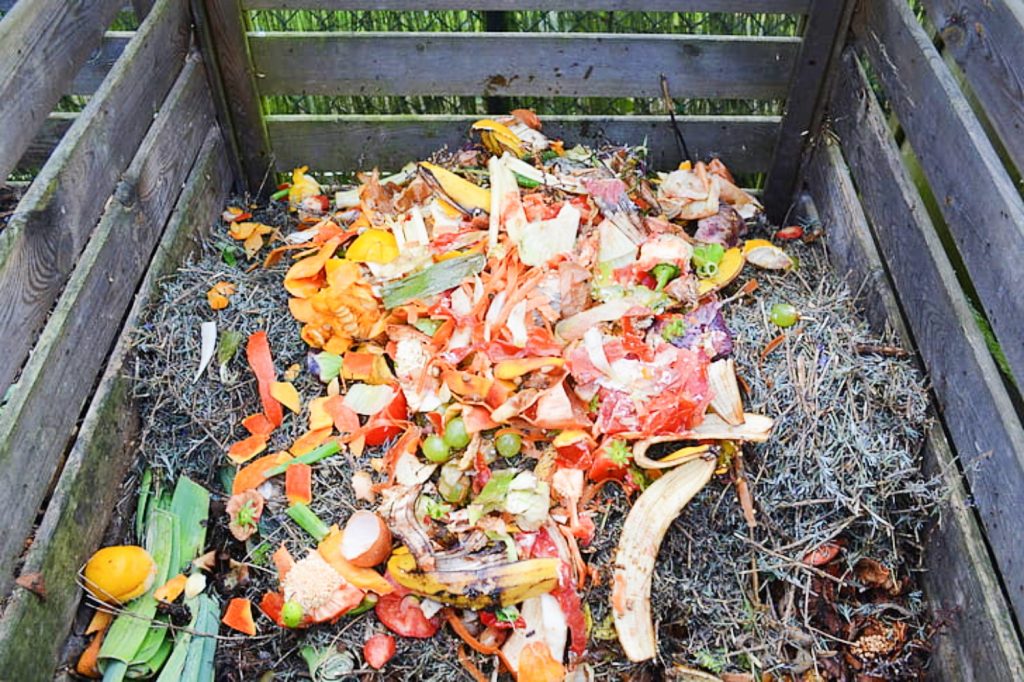
Use row covers
Row covers made of garden fabric allow light, air, and moisture in, but keep harmful insects like aphids out. These covers are easy to install and remove when it’s time to harvest your vegetables. Row covers also offer tomato plants some protection from freezing temperatures.
More tips for stopping aphids
Be sure to inspect your tomato plants regularly so you can catch aphid infestations early. And, remember, tomatoes aren’t the only plants that aphids like to feast on. So keep an eye on the other fruits and vegetables in your garden, too.
By taking measures to prevent aphids, and by employing a few strategies to eliminate them naturally, you can protect your crops from falling prey to them, ensuring you have plenty of tomatoes to enjoy at the end of the growing season.
